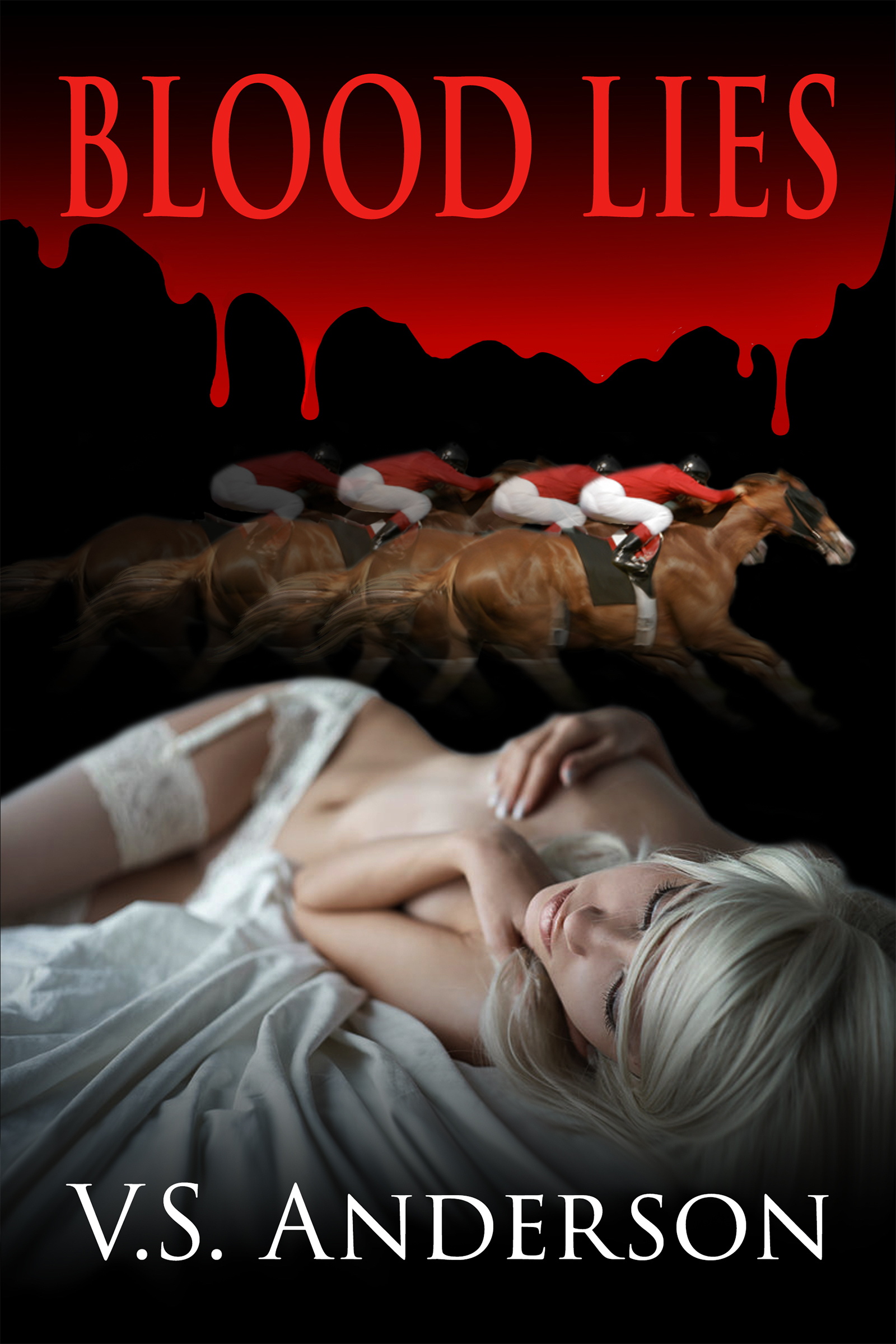A common complaint I see in social media and reviews of indie books is that the grammatical slips that often litter these works distract from good stories. So yes, there are plenty of “rules,” guidelines, and conventions that writers really must adhere to if they want to be taken seriously by agents and editors, as well as many readers. Since many of these grammatical issues matter to clear writing, it’s not surprising that they get in the way of what the writer wants to say.
But there are some instructions that are regularly handed down as rules that don’t interfere with clear writing and that, in some cases, were never really “rules” anyway, not in the sense of something a writer should work hard to observe. In fact, struggling to follow some of them at all costs can turn perfectly straightforward sentences into gobbledygook.
Here are three you can let go of with no harm done.
Ending sentences with prepositions. Yes, you can!
 My father used to tell me it was Winston Churchill who said, “That is something up with which I will not put.” Since then, I’ve seen that line inserted into the mouths of many different luminaries; regardless of who said it, the point is the same. Shoehorning the prepositions “up” and “with” into the middle of a sentence can throw the whole construction out of kilter.
My father used to tell me it was Winston Churchill who said, “That is something up with which I will not put.” Since then, I’ve seen that line inserted into the mouths of many different luminaries; regardless of who said it, the point is the same. Shoehorning the prepositions “up” and “with” into the middle of a sentence can throw the whole construction out of kilter.
This probably apocryphal example is interesting because “Put up with” is actually one of the English verbs in which the prepositions are actually part of the whole deal, so that some of the absurdity of “up with which” is that it separates essential parts of the verb phrase “put up with” from each other.
But even ordinary prepositions banished from the natural end point wreak havoc on the sentences they are meant to clean up. “What is that book about?” has to become “About what is that book?” And heaven forbid you try to restructure “Who did you go with?” The result, “With whom did you go?” now forces you to confront the difference between “who” and “whom” (which is actually a real distinction but another one you can ignore).
Splitting infinitives. Yes, you can!
 Way back in the annals of time, language mavens revered mostly by the small class of literati experienced an inferiority complex, believing that for English to grow up, it needed to become more like classical Latin. Well, in Latin and in most languages that are largely based on its rules, “infinitives” consist of one word. In English, which is not a Latin-based “romance” language but rather has roots in what we can most simply think of as Germanic, “infinitives” are created with the word “to” and the root form of the verb. Thus, in French, a romance language, “manger” means “to eat.” You’d have a hard time splitting “manger,” but “to eat” is a completely different animal. So feel free to say “To boldly go,” with the added perk of thus being able to use the same “meter,” iambic pentameter, that Shakespeare used.
Way back in the annals of time, language mavens revered mostly by the small class of literati experienced an inferiority complex, believing that for English to grow up, it needed to become more like classical Latin. Well, in Latin and in most languages that are largely based on its rules, “infinitives” consist of one word. In English, which is not a Latin-based “romance” language but rather has roots in what we can most simply think of as Germanic, “infinitives” are created with the word “to” and the root form of the verb. Thus, in French, a romance language, “manger” means “to eat.” You’d have a hard time splitting “manger,” but “to eat” is a completely different animal. So feel free to say “To boldly go,” with the added perk of thus being able to use the same “meter,” iambic pentameter, that Shakespeare used.
Misusing “which” when you should have used “that.”
No one who’s not specifically on the lookout for this mistake will care.
Yes, this is a “rule” based on the difference between “restrictive (essential)” versus “nonrestrictive (nonessential)” clauses, a distinction you can check out here and here. But in fact, the very mavens who most vociferously shriek about this rule have been caught making this mistake even as they rant against it.
 I do notice this mistake because I’m sensitive to the restrictive/nonrestrictive issue, which many people struggle to punctuate properly, often leaving me struggling to figure out where a nonrestrictive phrase ends and the main sentence resumes. But my point is that if your story is sweeping your readers along, this is the kind of mistake most of them will be swept right past. If you use whichever option sounds right in your sentence, you probably won’t spend your valuable creative energy thinking about the choice at all.
I do notice this mistake because I’m sensitive to the restrictive/nonrestrictive issue, which many people struggle to punctuate properly, often leaving me struggling to figure out where a nonrestrictive phrase ends and the main sentence resumes. But my point is that if your story is sweeping your readers along, this is the kind of mistake most of them will be swept right past. If you use whichever option sounds right in your sentence, you probably won’t spend your valuable creative energy thinking about the choice at all.
Bottom Line: If you have doubts about your command of “grammar,” or the correct kinds of usage that will make your writing clear and accessible, concentrate on punctuation, which above all is about clarity, and on verb forms, like the choice between “he had came home” and “he had come home,” a variation from the standard that will make it look as if you haven’t mastered your tools. Ignore even Microsoft Word if it tells you it’s not okay to write “Grammar is a skill I wish I was better at.”










 Almost every style guide will tell you should avoid the split infinitive.
Almost every style guide will tell you should avoid the split infinitive.










